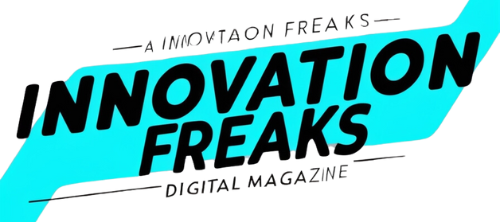Augmented Reality (AR) is transforming the landscape of product design, pushing the boundaries of innovation. As technology evolves, the ability to visualize and interact with designs prior to production has never been more crucial. AR provides designers with the tools to elevate their creative processes, allowing for greater precision and collaboration.
Enhancing Collaboration through Augmented Reality
By integrating augmented reality into the product design workflow, teams can enhance collaboration significantly. Traditional design processes often involve lengthy revisions and misunderstandings. However, with AR, stakeholders can visualize and interact with a virtual prototype. This level of engagement fosters clearer communication, enabling designers to gather immediate feedback from clients and team members alike. As a result, the iterative design process becomes streamlined, saving time and resources while ensuring that the final product aligns with the vision.
Accelerating the Design Process with AR Tools
Augmented reality tools have revolutionized the speed at which designers can bring their concepts to life. These tools allow for rapid prototyping, enabling designers to create and modify virtual models in real-time. This advancement is particularly beneficial in industries where speed is essential, such as consumer electronics and automotive design. By reducing the time required for iterations, businesses can accelerate their time-to-market significantly, providing a competitive edge. Moreover, AR also enhances the ability to test design functionality and aesthetics before physical production begins, further optimizing the process.
Minimizing Errors in Product Design
Errors in product design can be costly and detrimental to a company’s reputation. Fortunately, augmented reality can reduce the likelihood of mistakes during the design phase. Designers can visualize intricate details and assess potential issues before the prototype is manufactured. For instance, AR allows for the simulation of how products will perform in real-world scenarios, providing insights that traditional methods may overlook. This proactive approach to error minimization ensures higher quality outputs, leading to increased customer satisfaction.
AR in Marketing and Customer Engagement
Apart from its role in the design process, augmented reality enhances marketing efforts and customer engagement. Brands use AR to provide immersive experiences that captivate potential customers. By allowing consumers to visualize how products will look or function in their own environments, companies can drive interest and foster emotional connections. For example, furniture retailers utilize AR apps, enabling customers to place virtual furniture in their homes before making a purchase. This innovative marketing strategy not only boosts sales but also minimizes product returns.
Real-World Applications of AR in Product Design
Leading companies across various industries are currently harnessing the power of augmented reality in their design processes. For example, automotive manufacturers use AR for visualization and engineering, enabling technicians to overlay digital information on vehicles for repairs or enhancements. Additionally, healthcare industries are employing AR for designing medical devices, where precision is paramount. These real-world applications demonstrate the versatility of AR, showcasing its potential to innovate product design across different sectors.
The Future of Product Design with Augmented Reality
As augmented reality technology continues to evolve, its implications for product design are profound. The future will likely see even more integration of AR into the daily workflows of design professionals. Advancements in hardware and software will make AR tools more accessible and effective. Furthermore, as the Internet of Things (IoT) grows, augmented reality will likely enhance the way users interact with products even after they have been purchased. This ongoing innovation signifies that AR is not just a trend; it is a fundamental shift in how products are conceived and developed.
Disclaimer: The information provided in this article is for educational purposes only and should not be considered professional advice. Please consult relevant experts for specific product design inquiries.





















